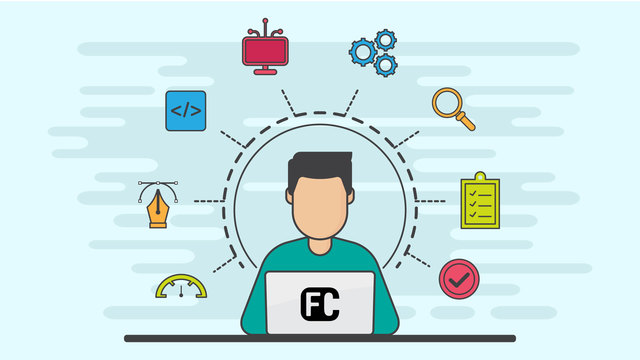
WRO Robot Programming
EV3-G program developed for the World Robotics Olympiad robot runs. In collects, moves and lifts the modules
- #odpycu
- 09 Dec 2015

EV3-G program developed for the World Robotics Olympiad robot runs. In collects, moves and lifts the modules

This is a program for communicating with LEGO Mindstorms Bluetooth between two bricks. The goal of the program is to control one of the bricks with another brick. The controller has two touch sensors that control the direction and two buttons on the brick itself that control the power.
The control brick has two motors attached that are controlled.
The goal of this program is to be used as an example of how to use the EV3-G Bluetooth. Yes, it requires two bricks, but most of the schools have two bricks and could test the program.

Turning with the Gyro Sensor on a specified angle and stopping there have never been easy. It is not going to get any better. However, this is not a problem of the Gyro sensor. The problem is in the way we develop our programs.


We extract the Proportional Line Following algorithm into a new block with parameters. This allows us to experiment with the Threshold, Constant Speed and Relaxation Coefficient. You can now easily use the block in you other programs without having to implement it.


Tasks for the Gyro sensor that you can use in STEM classes, while preparing for a competition or just to explore how the sensor works.


Continuing with the Proportional algorithm for following lines. Smooth and stable this is the first part of the PID.


Now we will create the first program in this course and we will make the robot move forward.


In the EV3-G software, you could use negative numbers for power and rotations. In this episode, we would look at what is the meaning of this numbers and make a few notes of where the teacher must be more careful.


Have you even tried to move the robot not in rotations or degrees or seconds, but in metres. In this episode I am building a new block that could be used to move the robot a specific number of millimetres (mm). You could directly download and use it in your programs.


We will share the idea behind that challenge and how to conduct the challenge in a classroom.


Why we change the robots all the time and what to observe in each new robot.

Building instructions for the robot build with LEGO Mindstorms EV3. It is called "Frankenstein" because the two motors are in two different directions.

Building instructions for the robot used in WRO 2014. It is a small robot with two light sensors and could be used for collecting elements.
The robot is built from LEGO Mindstorms EV3 parts.